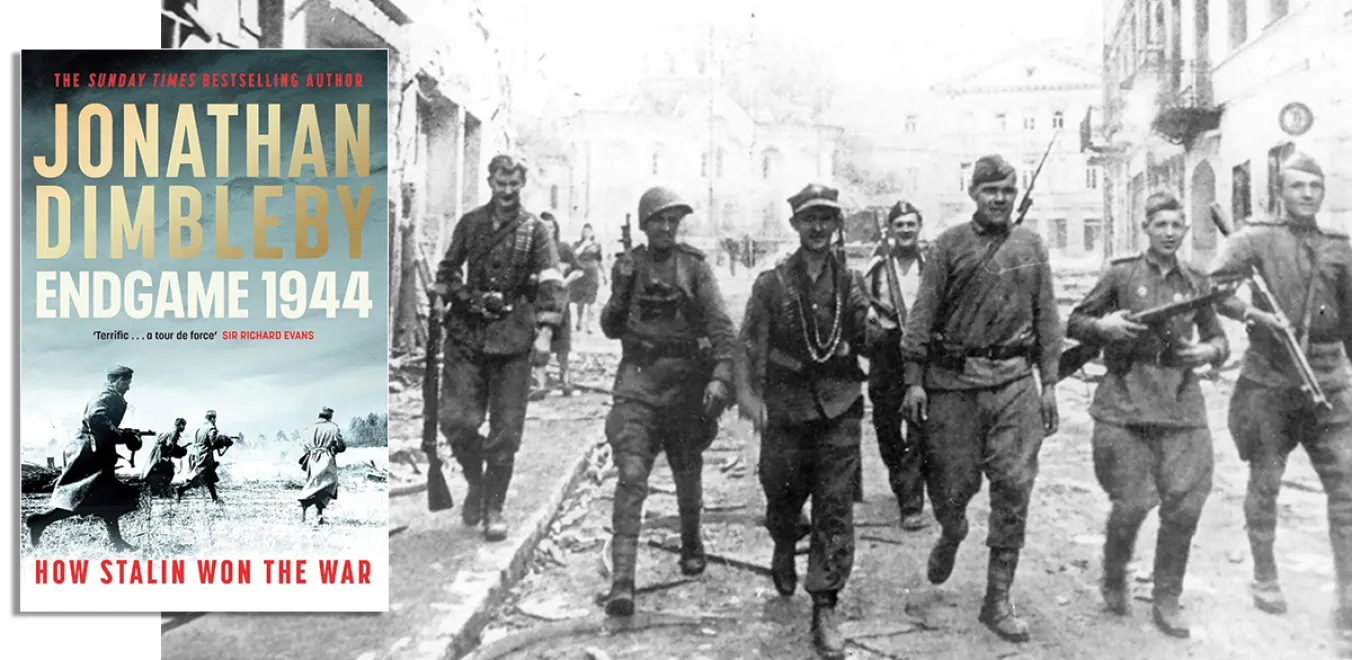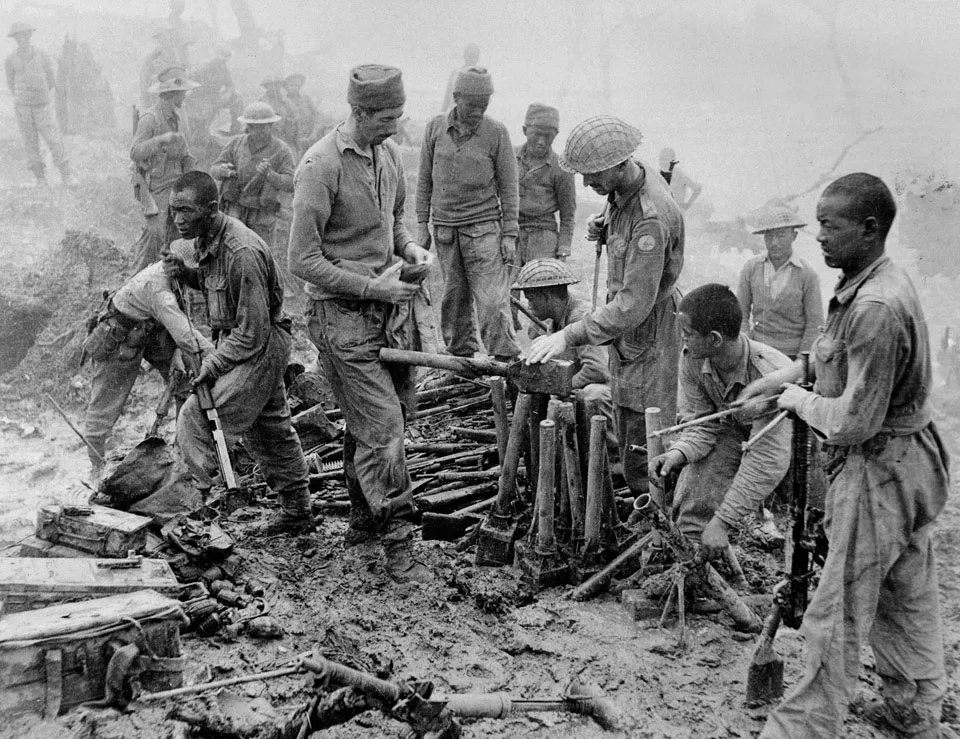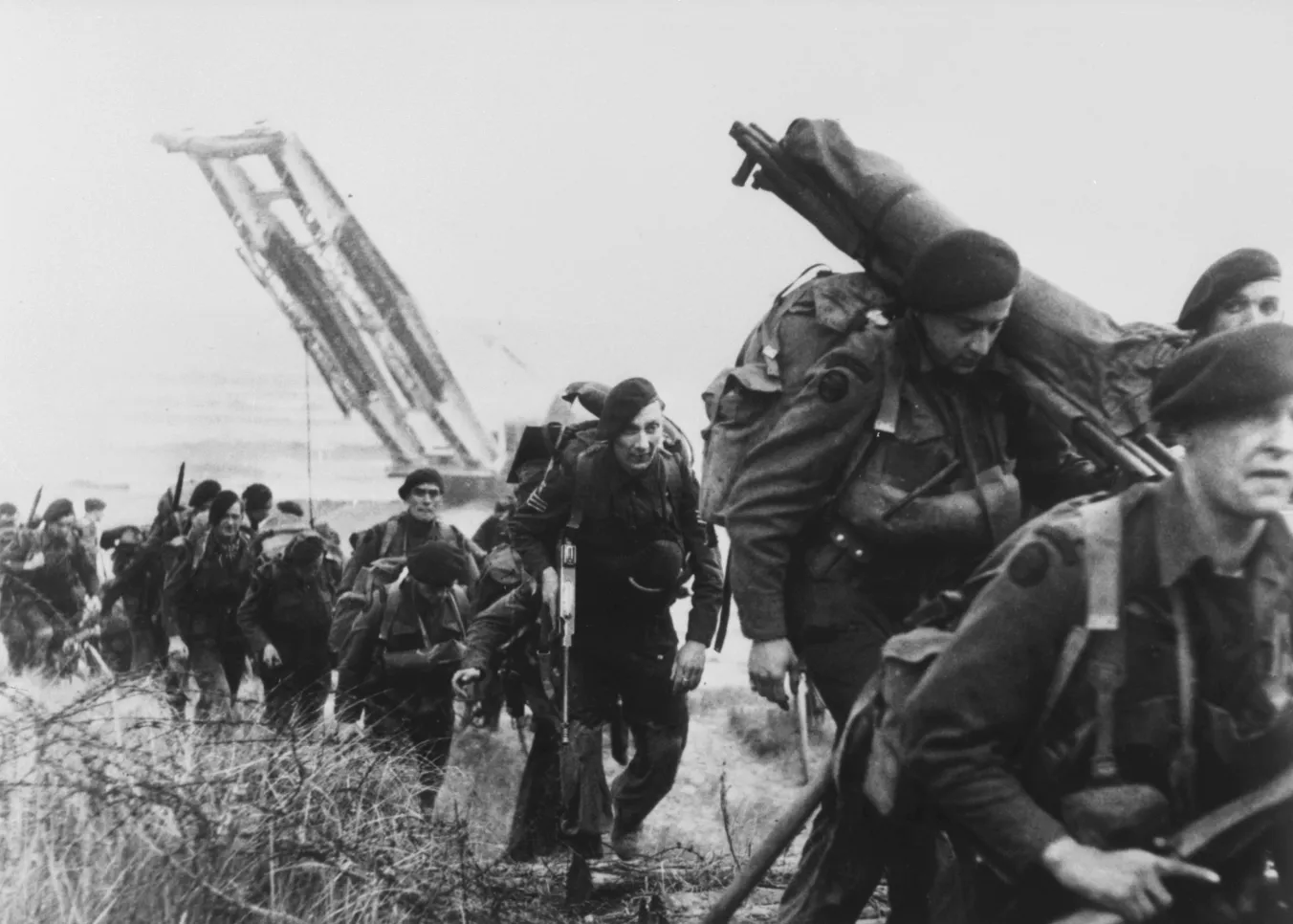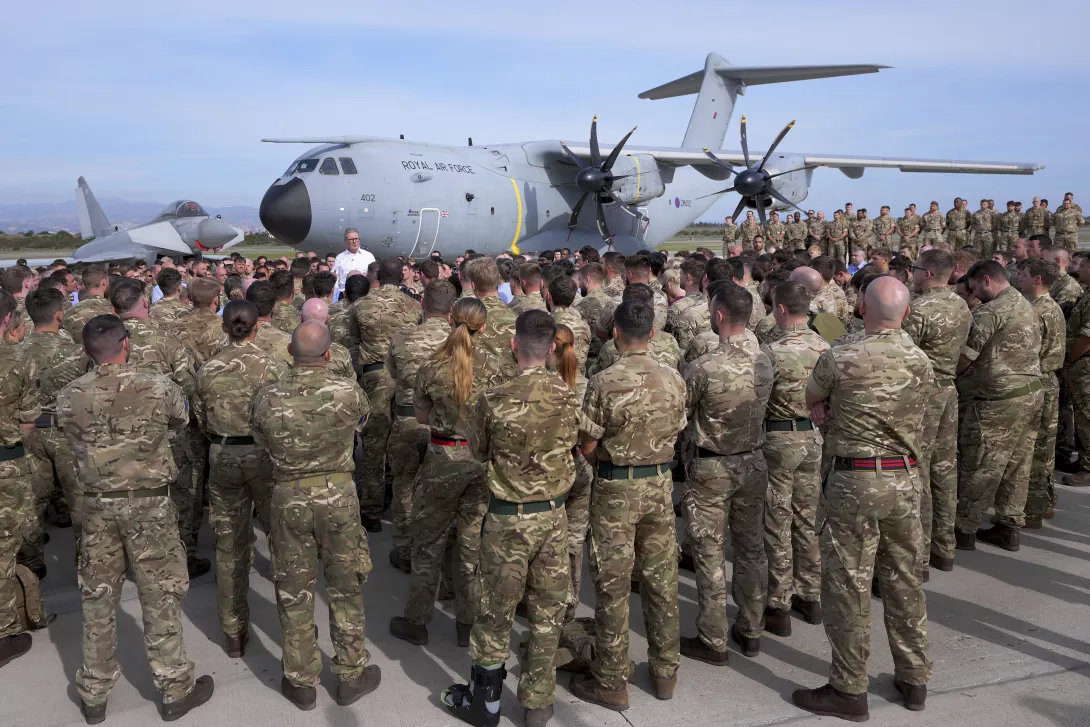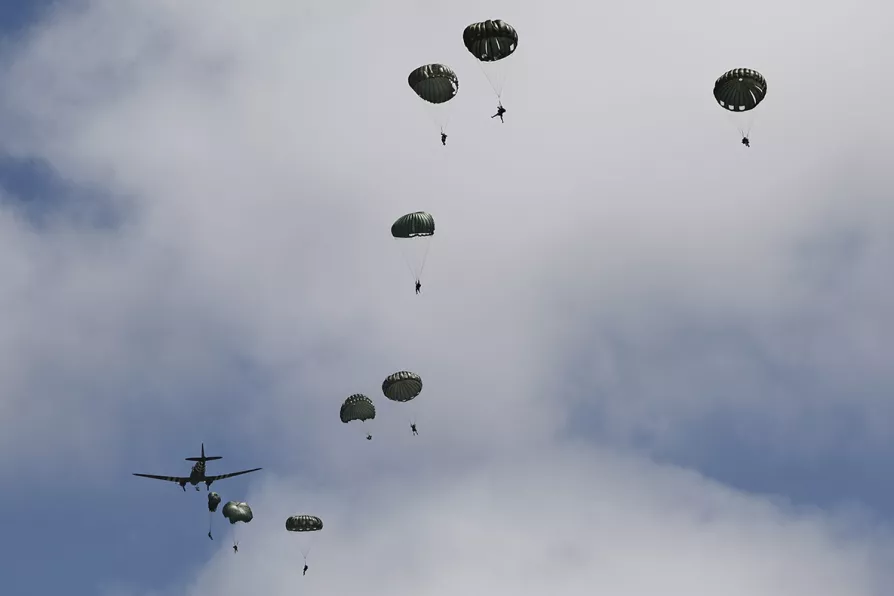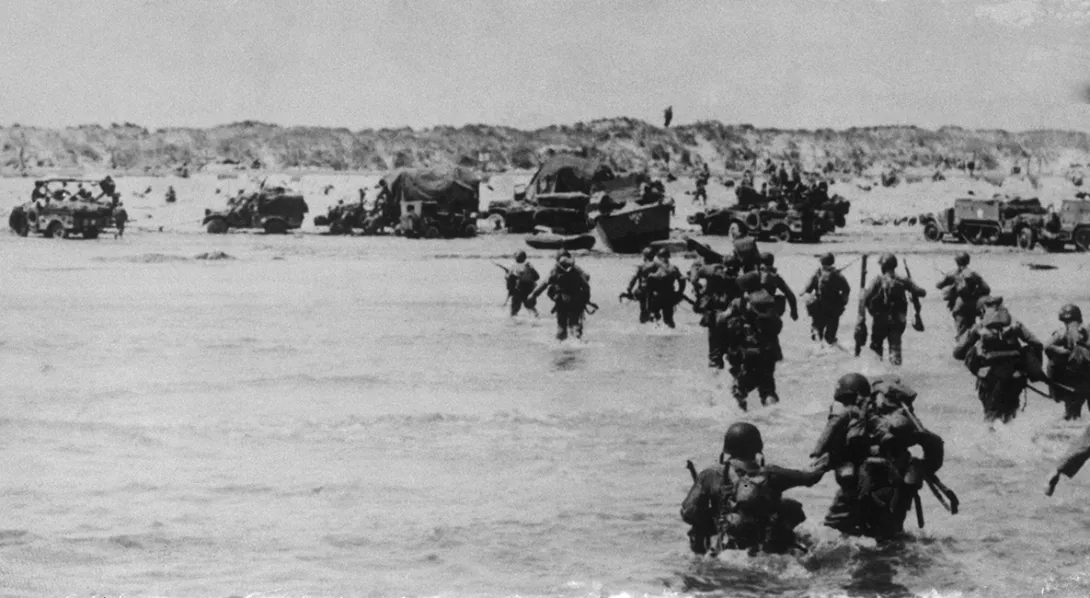
JUNE 6 2024 is the 80th anniversary of the launch of the Normandy landings, or D-day. Back on June 6 1944 it marked the start of the battle of Normandy, which ended on August 30 1944.
This Allied military operation to open a second front in the west against the Nazis, which helped relieve pressure on the Soviet Union fighting in the east, is also known as Operation Overlord. It eventually led to the successful liberation of German-occupied western Europe during World War II.
While we pay tribute to the courage and self-sacrifice of those who died in that battle, we should also remember — as Winston Churchill, Britain’s wartime prime minister, acknowledged in a speech on August 2, 1944 — that it was the Red Army of the Soviet Union who did the “main work in tearing the guts out of the German army,” making victory in the west possible.




